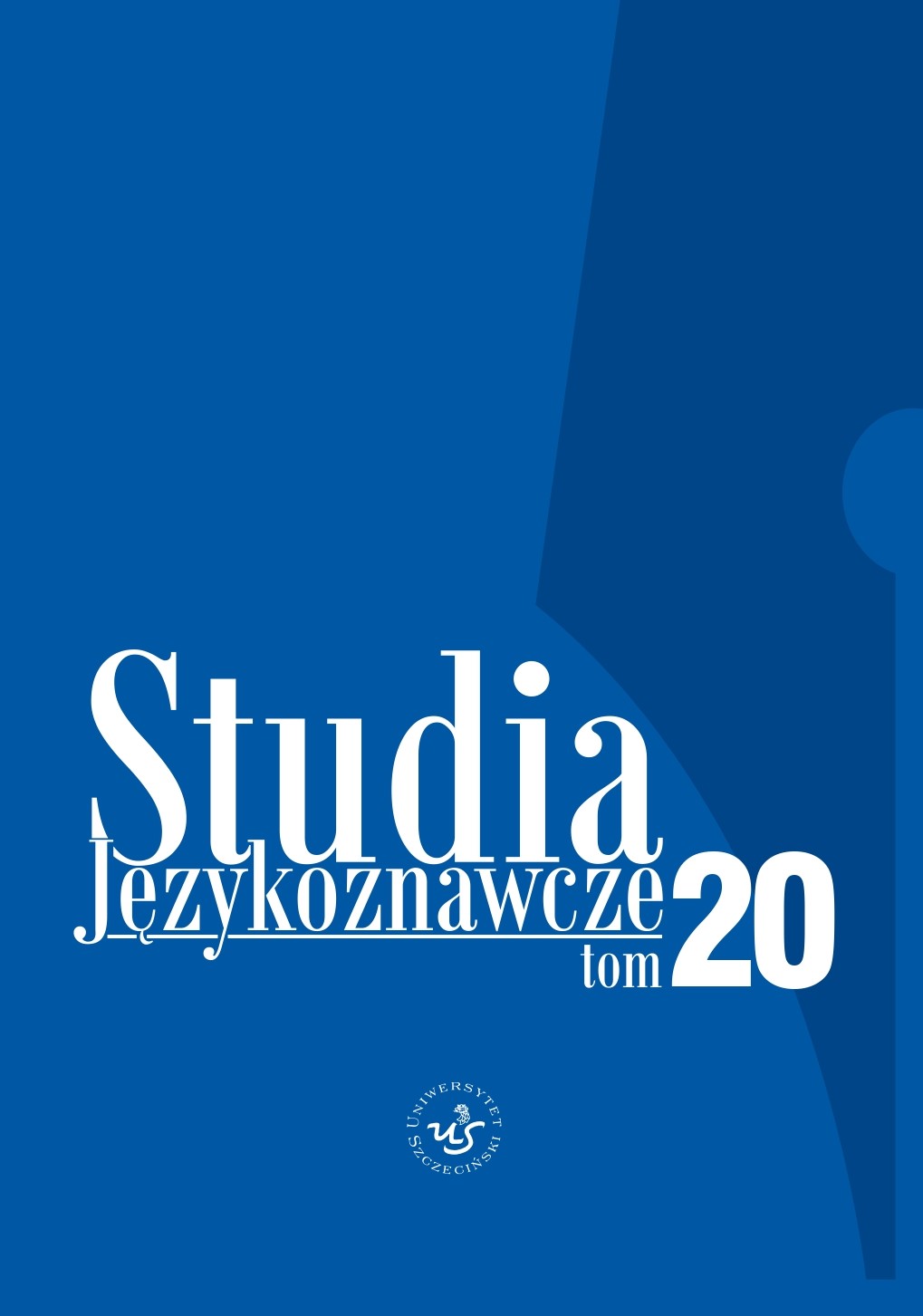Students’ L1 non-standard lexical constructions as an effect of second language formal instruction
Students’ L1 non-standard lexical constructions as an effect of second language formal instruction
Author(s): Urszula ChwesiukSubject(s): Language and Literature Studies, Theoretical Linguistics, Lexis, Translation Studies, Phraseology
Published by: Wydawnictwo Naukowe Uniwersytetu Szczecińskiego
Keywords: cross-linguistic influence; phraseology; translation; lexical choice
Summary/Abstract: While a lot of research has been carried out in order to investigate cross-linguistic transfer in the direction from the native language (L1) towards the second language (L2) as well as L2 impact on L1 in childhood bilinguals (Yelland, Pollard & Mercury 1993; Cunningham & Graham 2000) and immigrants (Jarvis 2003; Pavlenko & Jarvis 2002; Laufer 2003; Pavlenko 2003), studies on the impact of foreign language learning in the classroom on L1 in L1-dominant environment are scarce. Regarding the L1 to L2 influence, studies such as Bloem, Bogaard & La Heij (2004), Havlaskova (2010), SattiHamad & Yassin (2015) and Dweik (2017) demonstrated that most frequent errors occurring in translation are lexical and/or syntactic ones. The aim of the paper is to demonstrate that the same sort of interference occurs in the direction from the second language learned formally in the classroom to the native one in an environment where the latter is firmly established as the language of the country where learning takes place. In other words, the study is focused on investigating the cross-linguistic influence from English as the second language on creating non-standard lexical constructions in Polish as the mother tongue by native speakers of Polish living in Poland. The paper presents excerpts from written translation assignments of Master’s degree students of English Philology at the University of Szczecin. Despite their advanced linguistic awareness and a few years of translation instruction, students are still prone to commit transfer errors in translation from English to Polish, especially in the field of lexical semantics. Transfer-based errors include omission of a preposition, using a possessive pronoun instead of a reflexive pronoun, adding a preposition, unnatural word order, ignoring phrasemes and collocability, and wrong lexical choice in situations where polysemy occurs in English. This has implications for the methodologies of teaching English as well as Polish.
Journal: Studia Językoznawcze. Synchroniczne i diachroniczne aspekty badań polszczyzny.
- Issue Year: 2021
- Issue No: 20
- Page Range: 5-19
- Page Count: 16
- Language: English

